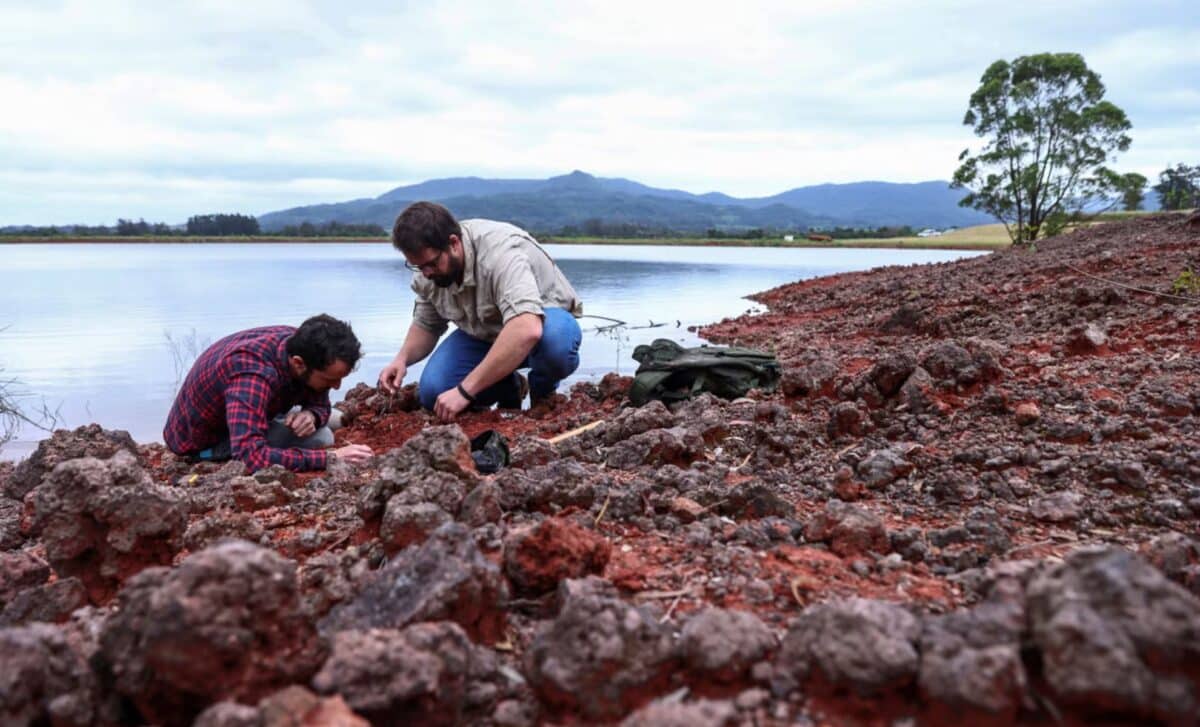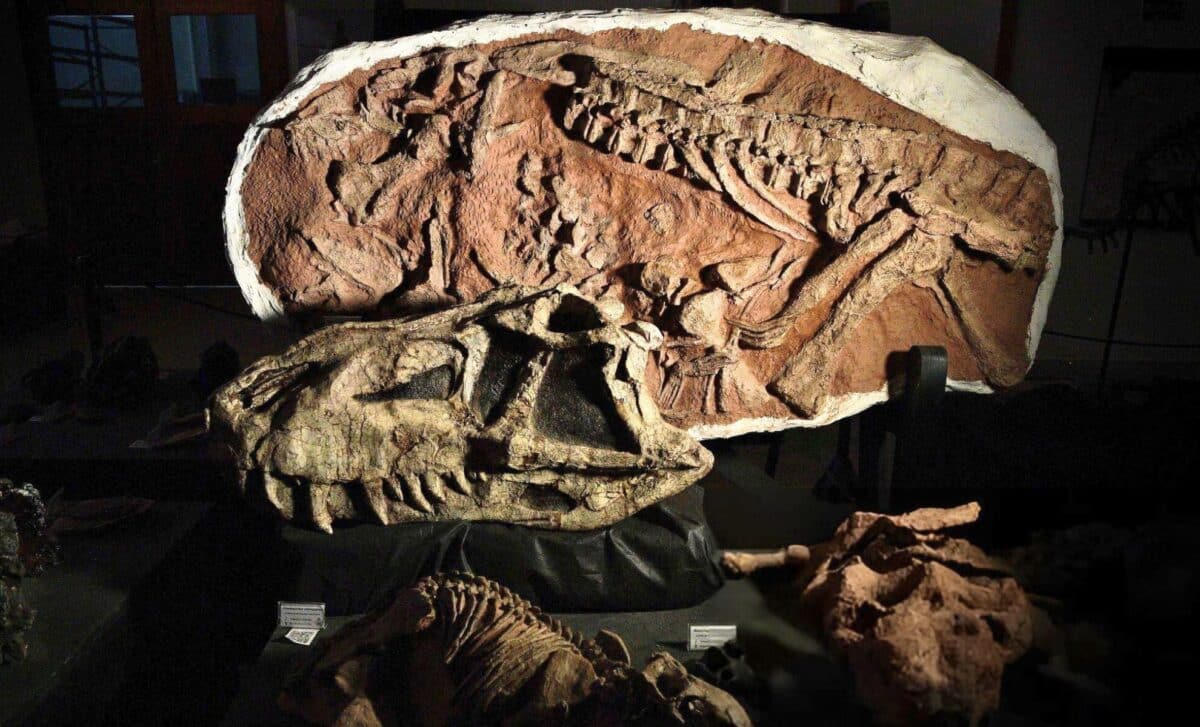The latest find in Brazil may provide light on the genesis of dinosaurs. Scientists recently disclosed a fossilised specimen believed to be one of the oldest known, going back around 237 million years.
Essential Facts About Fossil Finds
The fossil belongs to a group known as silesaurids, which are extinct reptiles. Paleontologists remain divided on whether these creatures were true dinosaurs or merely precursors to the iconic species that eventually dominated the planet. “Understanding the characteristics of these precursors could shed light on what was crucial for the dinosaurs’ evolutionary success,” stated researchers.
- Species Name: Gondwanax paraisensis
- Size and Weight: About one meter (39 inches (0.99 m)) long and weighing between three and six kilograms (7 to 13 pounds (5.9 kg)), roughly the size of a small dog.
- Habitat: This ancient reptile likely inhabited what is now southern Brazil during a significantly warmer epoch.

The Gondwanax paraisensis fossil was discovered in a rock layer from the Triassic period, a pivotal time when dinosaurs, along with mammals, crocodiles, turtles, and frogs, began to emerge. The fossil was first found in 2014 by physician Pedro Lucas Porcela Aurelio in the town of Paraiso do Sul, located in Brazil’s southernmost Rio Grande do Sul state. In 2021, Aurelio donated the fossil to a local university, leading to three years of extensive research.
“Being the first human to touch something from 237 million years ago is extraordinary,” Aurelio expressed in an interview with Reuters, adding that it was an “indescribable feeling.”
Scientific Significance
Paleontologist Rodrigo Temp Müller elaborated on the findings in a recent article published in Gondwana Research, emphasizing the fossil’s age. “The most important part of this finding is its age,” Müller noted in an interview. “Because it’s so old, it gives us clues as to how dinosaurs came to be.” Initially, the fossil was obscured by a thick layer of rock, with only parts of the vertebrae visible when it was first examined.
The term Gondwanax translates to “lord of Gondwana,” referencing the ancient landmass from the supercontinent Pangaea prior to continental drift, while paraisensis honors the town of Paraiso do Sul.









